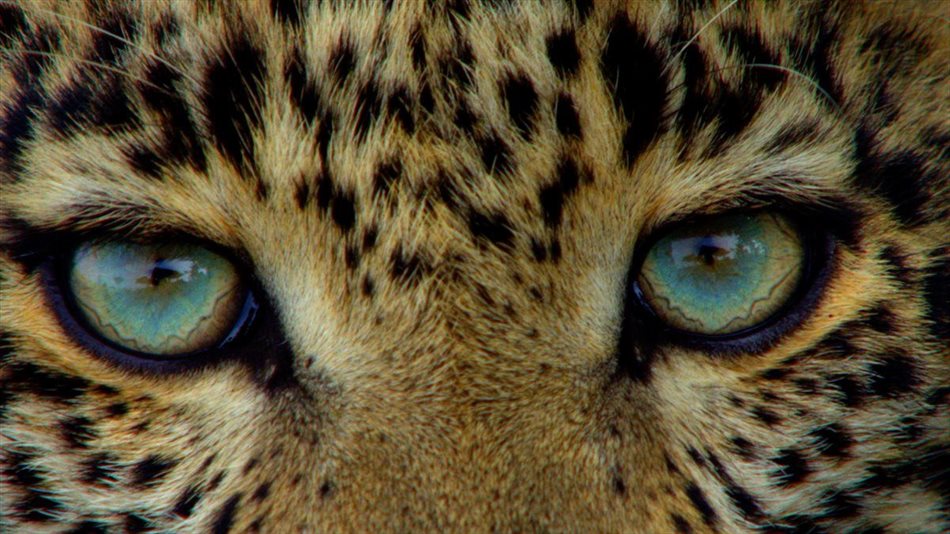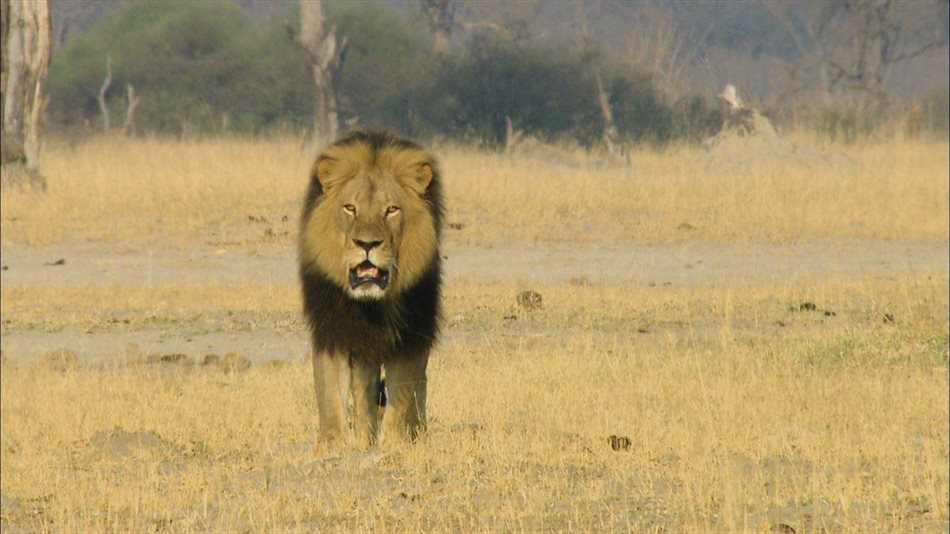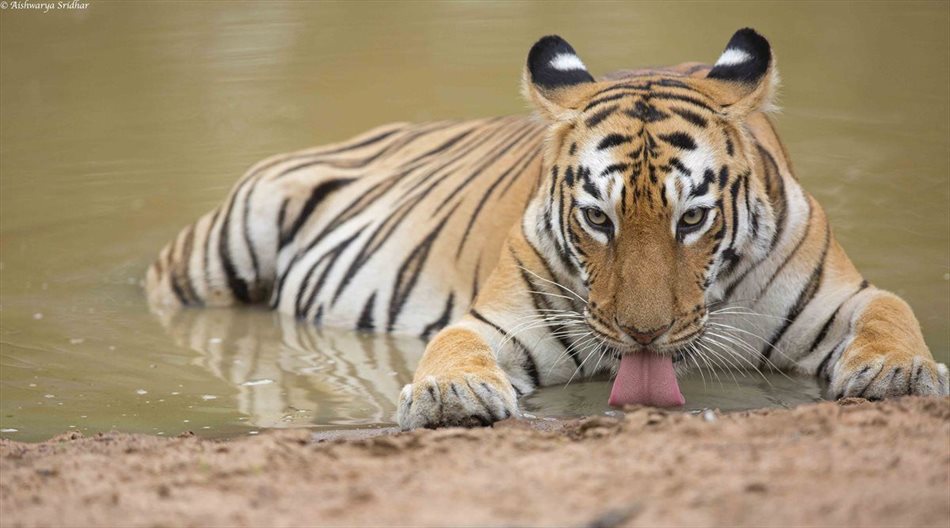February marks the 10th anniversary of National Geographic Wild’s Big Cat Month, and this year’s outing is the biggest yet, with seven premiere specials highlighting the majestic and wondrous large felines of our world.
However, big cats are facing big challenges. For many populations, extinctions are imminent due to habitat loss, degradation and conflicts with humans. In response, The National Geographic Society, with its long history of raising awareness of the plight of big cats and supporting impactful conservation efforts across the planet, is partnering its Big Cats Initiative with National Geographic Wild for Big Cat Month.

On Sunday, 7 February at 6pm (CAT), National Geographic Wild (Dstv 182, Starsat 221) kicks off Big Cat Month with Jade Eyed Leopard, from world-renowned local big-cat filmmakers, National Geographic Explorers and co-founders of the Big Cat Initiative, Beverly and Dereck Joubert. Narrated by the Academy® Award-winning and Emmy® Award-nominated actor Jeremy Irons (Watchmen, The Lion King), the one-hour special transports viewers to an idyllic paradise, where for the first time ever, National Geographic cameras capture the story of a young leopard, Toto, during the critical first three years of her life. Viewers follow this cub with deep aquamarine eyes – an exceptionally rare trait – and experience her challenges and triumphs firsthand as Toto learns the fundamental skills of survival and makes her passage to adulthood. With leopards now occupying just 25-37% of their historic range, and six of the nine subspecies of leopard now in significant risk of extinction, Jade Eyed Leopard is a timely addition to the programming.

Cecil: The Legacy of a King, premieres Sunday, 14 February at 6pm.This incredible special follows the life and legacy of one of the world's most famous lions - Cecil. The ultimate big cat king, Cecil was a warrior, a father and a loyal brother. But his untimely death at the hands of an illegal hunt in Zimbabwe - spelled the end of his extraordinary reign; evoking feelings of fury and sadness to all who hear his tale across the globe.
Still in Africa, Serengeti Speed Queen tells the story of cheetah Nzuri, the speed queen of the Serengeti – for whom being fast isn’t enough – on Sunday, 21 February at 6pm. She is constantly bullied by hyenas on the grassland and hunted by lions in the marsh. When two of her cubs are killed, the family is exiled to the forest. There, she learns to adapt her hunting methods and adds strategy to speed in order to outwit her enemies and steer her remaining cubs successfully to adulthood.

Big Cat Month culminates in the premiere of Tiger Queen of Taru, by award-winning filmmaker Aishwarya Sridhar on Sunday, 28 February at 6pm. This unique special that was filmed over six years tells the story of Maya the tigress in a tiger reserve in Tadoba, Central India. Here, Bengal tigers chase wild dogs, fight sloth bears and feud among themselves over bloodlines and territory in never-before seen footage. Maya writes her own rules when it comes to raising a litter, yet motherhood doesn’t come easy. However, one thing is clear, Maya will do whatever it takes to secure her bloodline within the Kingdom of Taru.
“We partnered with the Jouberts 11 years ago to create National Geographic Society’s Big Cats Initiative to shed light on these vital and vulnerable wild felines,” says Colby Bishop, senior director of wildlife programmes at National Geographic Society. “More than a decade later, the initiative continues to make major strides in its mission to protect big cats in the wild, including the removal of 13,000 life-threatening snares from their habitats; building more than 2,100 livestock enclosures to reduce human-wildlife conflict with big cats; and providing funds for grantees to work in more than 300 communities. National Geographic Wild is the perfect platform to premiere Jade Eyed Leopard as part of Big Cat Month 2021 and to inspire further a protection for these majestic creatures around the world.”
“Big Cat Month is an exciting television event for us every year and a firm viewer-favourite. This year is particularly special as we will be broadcasting no less than seven premieres highlighting the incredible lives led by these ferocious felines, to many of whom, Africa is home. Even more remarkable is that many of the filmmakers are actively involved in wildlife conservation themselves, including Aishwarya Sridhar, who makes her debut on the channel with the premiere of Tiger Queen of Taru,” said Evert van der Veer, Vice president, media networks, The Walt Disney Company Africa.
Additionally, the month-long event will include several interstitials featuring National Geographic Explorers who are working to protect big cats around the globe. Viewers are encouraged to learn more about the Big Cats Initiative and how they can help safeguard big cats in the wild by visiting natgeo.org/bigcats.
Catch Big Cat Month this February on National Geographic Wild.
About National Geographic’s Big Cats Initiative
The Big Cats Initiative partners with some of the world’s leading big cat experts, funding on-the-ground research and innovative conservation projects to safeguard big cats and their critical habitats, while leading efforts to shine a light on the challenges these species face. Explorers-at-Large Dereck and Beverly Joubert and the National Geographic Society founded the Big Cats Initiative in 2009 as an effort to halt the decline of big cats in the wild.
About National Geographic Partners
National Geographic Partners LLC (NGP), a joint venture between the National Geographic Society and Disney, is committed to bringing the world premium science, adventure and exploration content across an unrivaled portfolio of media assets. NGP combines the global National Geographic television channels (National Geographic Channel, National Geographic Wild, Nat Geo MUNDO, Nat Geo PEOPLE) with National Geographic’s media and consumer-oriented assets, including National Geographic magazines; National Geographic studios; related digital and social media platforms; books; maps; children’s media; and ancillary activities that include travel, global experiences and events, archival sales, licensing and e-commerce businesses. Furthering knowledge and understanding of our world has been the core purpose of National Geographic for 132 years, and now we are committed to going deeper, pushing boundaries, going further for our consumers … and reaching millions of people around the world in 172 countries and 43 languages every month as we do it. NGP returns 27 percent of our proceeds to the nonprofit National Geographic Society to fund work in the areas of science, exploration, conservation and education. For more information visit natgeotv.com or nationalgeographic.com, or find us on Facebook, Twitter, Instagram, Google+, YouTube, LinkedIn and Pinterest.
How to tune in:
DSTV: Channel 182
StarSat: 221 on DTH, 210 on DTT (250 on DTT in Uganda)
